I wonder what Michelle Obama, the former First Lady who remade that role in her own image, would make of Hannah’s attempts on The Archers to embody the 2018 version of an empowered, liberated woman? Does Obama secretly listen in to Ambridge each night? Has she been impressed by the soap’s attempt, via Hannah, to address the #MeToo movement? Does that explain why she blessed Radio 4 (rather than an online audio provider) with the great coup of reading herself from her new autobiography, Becoming?
But first (for those unfamiliar with Hannah’s antics) let’s go back to Ambridge.
Already a subscriber? Log in
Subscribe for just $2 a week
Try a month of The Spectator Australia absolutely free and without commitment. Not only that but – if you choose to continue – you’ll pay just $2 a week for your first year.
- Unlimited access to spectator.com.au and app
- The weekly edition on the Spectator Australia app
- Spectator podcasts and newsletters
- Full access to spectator.co.uk
Unlock this article
You might disagree with half of it, but you’ll enjoy reading all of it. Try your first month for free, then just $2 a week for the remainder of your first year.

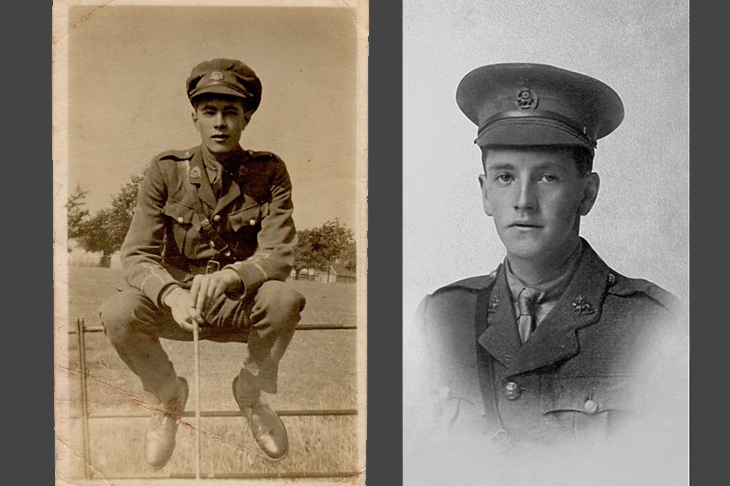
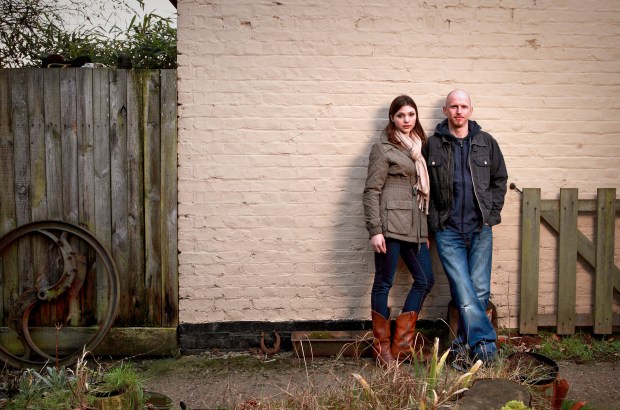
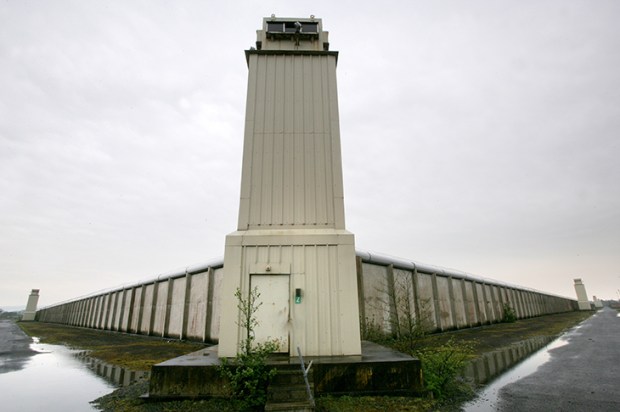

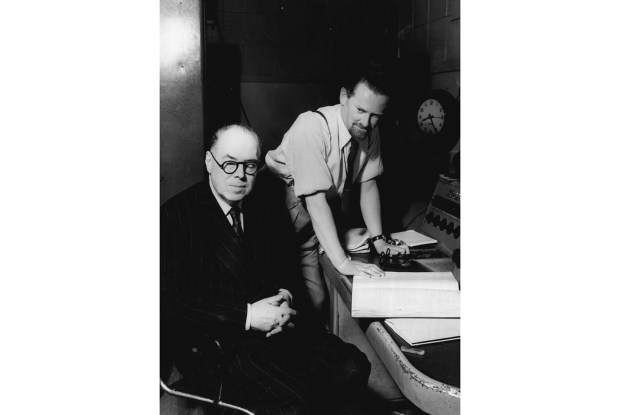
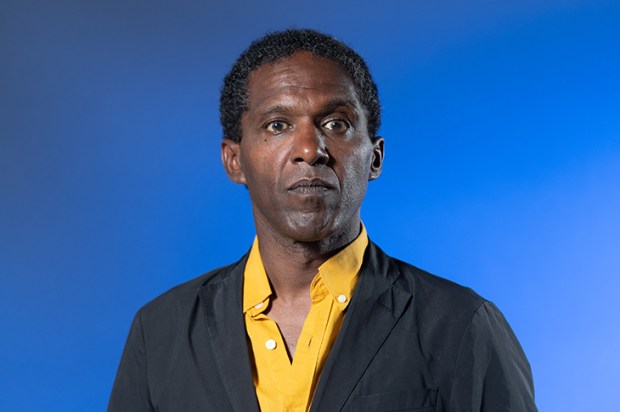
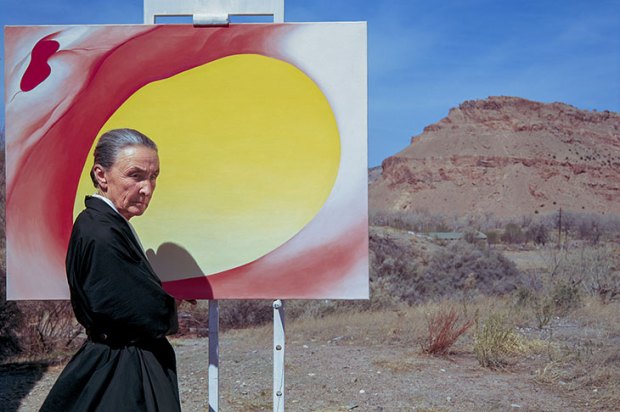






Comments
Don't miss out
Join the conversation with other Spectator Australia readers. Subscribe to leave a comment.
SUBSCRIBEAlready a subscriber? Log in